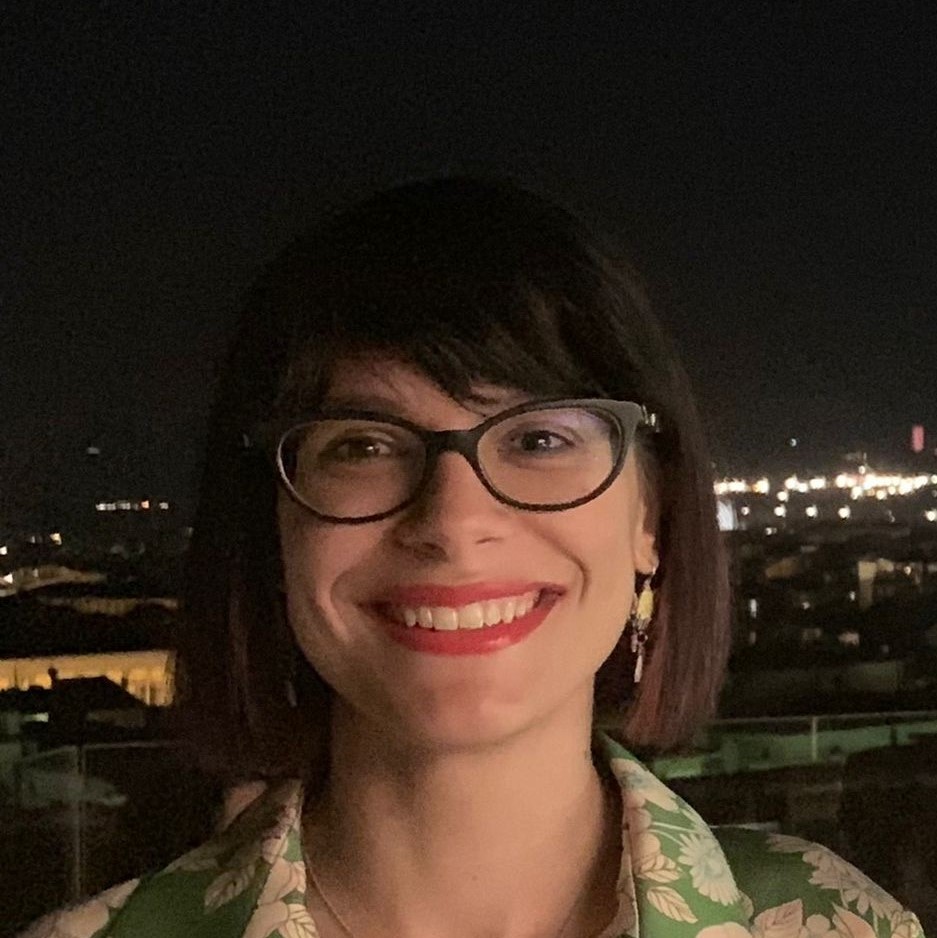Siena's blue Virgin

📍 🇮🇹 Siena's blue Virgin
The Maestà by Simone Martini (1315), painted in the Palazzo del Comune in Siena (Italy), is one of the most famous Sienese paintings.
The Maestà is an iconography that comprises the depiction of the Madonna and Child surrounded by angels and saints. It was a popular subject in medieval Siena, as the city identified itself as the Civitas Virginis, the city of the Virgin.
Painted in the Sala del Mappamondo, the Maestà is a multi-material work of art. Together with the frescoed layer, it includes many details made of different materials.
The parchment held by the infant Christ is an actual piece of paper attached to the wall’s surface.
Likewise, in the frame, one of the books that St. Jerome is holding is enriched by piece of paper with inked Latin words written on it.
The dress of the Virgin has a rock crystal placed at the centre of her bust. Spread over the entire painting we find several verres églomisés that provide vibrant and shining spots on the surface. The halos of the numerous saints and angels are made of gold leaf, finely decorated with floral motifs, stars, and other patterns.
The Maestà by Simone Martini (1315), in the Palazzo del Comune in Siena (Italy), includes two inscriptions as well. The present visible inscriptions are placed on the two steps of the Virgin’s throne:
The first one, included from the very beginning (1315), can be seen on the red lowest step of the throne.
The Virgin responds to the prayers of the four Sienese patron saints, and refers to good government and peace, admonishing those who try to act against those values, as by doing so they would have acted against her too.
In 1318, the Guild of the Wool guided a revolt against the Sienese Government of the Nine. The revolt was put down, but the Nine asked Simone Martini to modify the Maestà in order to enhance its political message. Simone worked on the inscriptions, as well as on some hands and faces.
In 1321, the new inscription was painted on the blue step of the throne. Originally, this area hosted the prayers of the patron saints to which the Virgin responds. Simone Martini covered that inscription with the following words: “The angelic flowers of roses and lilies with the heavenly field is adorned do not delight me more than good counsel. But sometimes I see one who, for his own advantage, despises me and deceives my land. And the worse he speaks the more is he praised. Beware, anyone who condemns this.”
__Source__
Bagnoli, Alessandro. La Maestà di Simone Martini. Cinisello Balsamo (MI): Silvana Editoriale, 1999

